| At what organization are you currently based? |
CatalystZone. I am an access to justice strategy consultant working to help make the justice system more accessible, efficient and easy to use for those who need it most
|
| Why do you define yourself as a Legal Designer? |
As an ATJ consultant I use design thinking and lead design sprints in my work with civil justice system NGO and governmental entities.
- 2016-2017, I had the opportunity to spend more than a year working with Margaret Hagan on a community-led justice design process for 1 product and 2 services through research, sprints, prototyping, iteration and launch. If you Google “Hagan” and “Escambia” you’ll see more information or see my paper “The Escambia Project: An Experiment in Community-Designed Justice” at https://papers.ssrn.com/sol3/papers.cfm?abstract_id=3407618
- 2017, I researched, developed and trained law, design and social work students as volunteers to use design thinking in their approach to observational research as part of a study I led on Trusted Intermediaries as Users and Facilitators for the Minnesota Supreme Court during testing of LawHelpMN, an online legal triage system.
- 2018, I researched and developed user personas and problem statements then led small group design sprints at the national Association of Administrative Law Judges conference.
- 2019, I had the privilege to serve as one of five team mentors for the Legal Design Summit Brainfactory. I was recruited as a last minute substitute for a mentor who had an emergency. I learned a lot and contributed as much as I could.
- 2019, I developed and facilitated a daylong user centered design workshop, Integrating Intake: Values & Principles for Governance, for the Minnesota Supreme Court Legal Services Advisory Committee, with participation by executive and senior leadership all IOLTA funded legal aid grantees in the state. I developed a visual agenda, incorporated program director and client user personas, challenge statements, empathy mapping and hired a visual scriber whose work I will use in the report
- I am in the final phases of preparing a community-led justice design project for a high-poverty, high-risk urban neighborhood which also has sufficient community service providers (CSPs) and community infrastructure (libraries, healthcare) to serve as an initial location (having used ArcGIS mapping for data driven-decision making & visualization). Week after next I present to the funder’s board of directors, introducing them to the concepts of design thinking/legal design and community engagement.
|
| Show off your work! Present yourself through one of your projects |
http://www.mncourts.gov/mncourtsgov/media/scao_library/documents/JFA-Trusted-Intermediary-Minnesota-Report-FINAL_23MARCH2019.pdf
|
| Tell us a little about the work you just shared, so we understand how to present it to the community. |
This is a major report (with graphics!) on a 2018 project for the Minnesota Supreme Court that encompasses many of the aspects of the design thinking.
I intentionally designed every step of this project so everyone involved would not only learn about design thinking but would also learn by doing, including me. Law, design and social work students were recruited and trained to serve as volunteer interviewers and observers. l even developed user persona templates for them based on my interviews of members of two of the stakeholder groups. You’ll also see the report is meant to be a public resource document and includes all the approaches and tools used in the appendices.
|
| Where can people learn more about you? |
http://www.catalystzone.com
The Escambia Project: An Experiment in Community-Designed Justice https://ssrn.com/abstract=3407618
|
